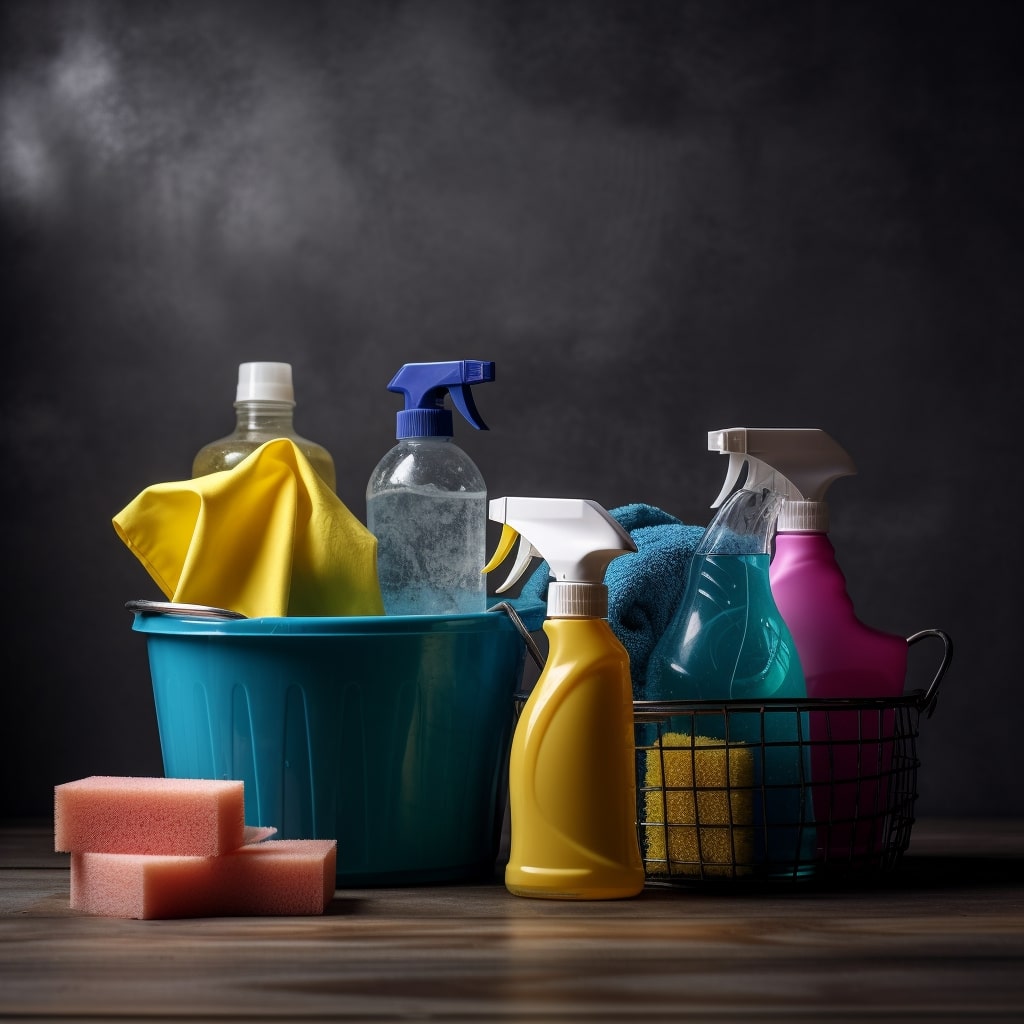In the realm of biohazard decontamination, specialized expertise and equipment are paramount to ensure the safe removal and disposal of hazardous materials.
Everyday cleaning staff lack the necessary training and skills to effectively handle biohazardous substances. By contrast, trauma cleaning teams possess the requisite knowledge and experience, along with access to advanced equipment and professional chemicals tailored for thorough decontamination.
Proper disposal of contaminated items is equally crucial. Engaging the services of a specialist biohazard cleaning company guarantees the best and safest results in biohazard decontamination.
The Importance of Proper Biohazard Cleaning Techniques
Proper biohazard cleaning techniques are essential for ensuring the thorough removal and elimination of hazardous materials.
The importance of professional training cannot be overstated, as it equips individuals with the necessary skills to safely handle biohazardous substances.
Biohazard risk assessment plays a crucial role in identifying potential dangers and implementing appropriate cleaning measures.
Compliance with cleaning industry regulations and obtaining biohazard cleaning certifications further ensures adherence to safety standards.
Additionally, strict adherence to personal protective equipment (PPE) requirements minimizes the risk of exposure to harmful pathogens.
The Expertise of Trauma Cleaning Teams
With their specialized training and knowledge, trauma cleaning teams possess the expertise necessary for effective biohazard decontamination. This expertise is derived from their trauma cleaning training, which equips them with the necessary skills and techniques for handling hazardous materials and implementing proper decontamination procedures.
Their expertise in biohazard cleaning enables them to identify and address potential risks, ensuring a thorough and safe cleaning process. Their specialized techniques and knowledge make them an essential resource in the field of biohazard decontamination.
Advanced Equipment and Chemicals for Effective Decontamination
The utilization of state-of-the-art equipment and specialized chemicals is essential for achieving effective decontamination in biohazard cleaning. Advanced cleaning technology and cutting-edge decontamination equipment ensure efficient decontamination methods.
Trauma cleaning teams have access to specialized chemical solutions and effective disinfection techniques tailored to specific surfaces. This ensures thorough removal of biohazardous materials and minimizes the risk of contamination. The use of advanced equipment and chemicals is crucial in achieving safe and effective biohazard decontamination.
| Equipment | Chemicals |
|---|---|
| Advanced cleaning tools | Specialized disinfectants |
| High-powered vacuum | Antimicrobial solutions |
| HEPA filters | Deodorizers |
| Ultraviolet light | Biohazard-specific cleaners |
Ensuring Safe Disposal of Contaminated Items
To ensure the safe disposal of contaminated items, it is important to follow proper protocols and guidelines set by regulatory authorities. This includes:
- Hiring a professional company with a waste transfer license for proper disposal.
- Ensuring that biohazardous materials are disposed of correctly to prevent contamination.
- Properly disposing of cleaning materials used in decontamination to prevent the spread of biohazardous substances.
Understanding the Difference Between Cleaning and Disinfecting
Cleaning and disinfecting are two distinct processes that are essential in biohazard decontamination.
Cleaning involves the removal of visible dirt, debris, and organic matter from surfaces using physical methods such as scrubbing or wiping.
Disinfecting, on the other hand, focuses on eliminating or reducing the number of microorganisms on surfaces through the use of chemicals or heat.
Understanding the difference between cleaning and disinfecting is crucial in determining the appropriate cleaning techniques for biohazardous materials and implementing effective biohazard decontamination methods.
Key Steps for Cleaning Biohazardous Materials
During the process of cleaning biohazardous materials, it is important to follow key steps to ensure thorough decontamination.
- Begin by wearing appropriate personal protective equipment (PPE) to protect against exposure to biohazardous waste.
- Use specialized cleaning methods and disinfection techniques that are specifically designed for biohazardous materials.
- Follow safety precautions, such as proper handling and disposal of biohazardous waste, to minimize the risk of contamination and ensure a safe decontamination process.
Best Practices for Disinfecting Biohazardous Areas
Effective disinfection of biohazardous areas requires the use of appropriate disinfectants and thorough application techniques. Disinfection methods comparison helps identify the most effective decontamination techniques.
Adhering to biohazard cleaning standards and protocols ensures proper disinfection. Effective decontamination techniques should be followed to prevent the spread of harmful contaminants.
Proper disinfection is of utmost importance in biohazard cleaning to ensure the safety of individuals and prevent further contamination.
Choosing the Right Biohazard Cleaning Company
Selecting a reputable and experienced biohazard cleaning company is crucial for ensuring thorough and safe decontamination. When choosing a biohazard cleaning company, consider the following factors:
- Biohazard cleaning certification: Ensure that the company has the necessary certifications and qualifications to handle biohazardous materials.
- Biohazard cleaning cost: Compare the cost of services offered by different companies to find the best value for your budget.
- Biohazard cleaning process: Inquire about the company’s cleaning process, including the use of specialized equipment and chemicals, to ensure effective decontamination.
- Biohazard cleaning equipment: Check if the company has access to advanced equipment specifically designed for biohazard cleaning.
- Biohazard cleaning regulations: Verify that the company follows all relevant regulations and guidelines for biohazard decontamination.
Conclusion
In conclusion, proper biohazard decontamination requires specialized expertise, advanced equipment, and professional chemicals.
Trauma cleaning teams, with their specialized training, are equipped to safely and effectively handle biohazardous materials.
By understanding the difference between cleaning and disinfecting, and following key steps for cleaning and disinfecting biohazardous areas, individuals and organizations can ensure thorough decontamination.
Choosing the right biohazard cleaning company is crucial for achieving the best and safest results in biohazard decontamination.

